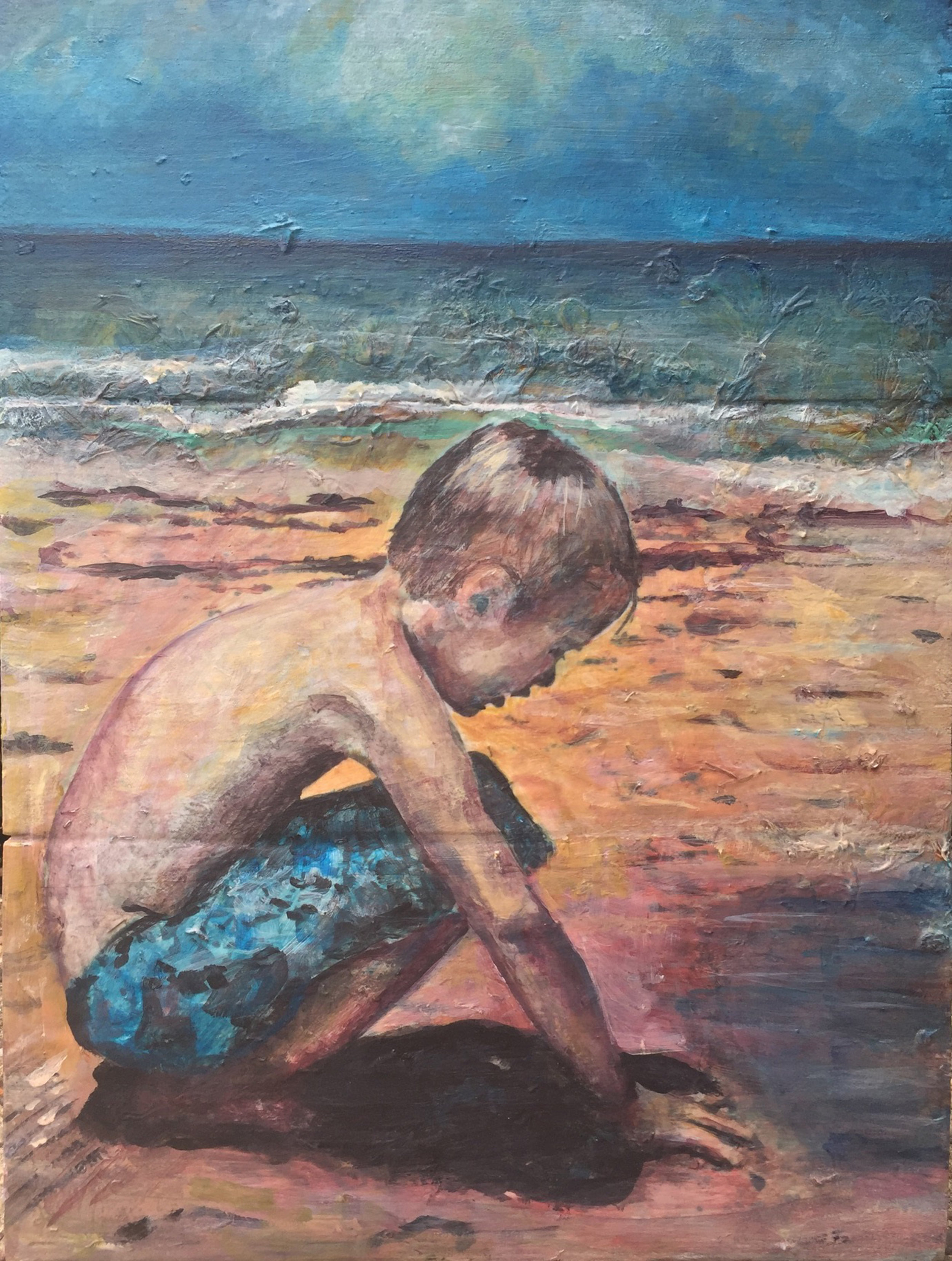“I believe that being a woman is very important, especially in a world that predominantly shuts us down.” – Elle Brown
"A Transitioning" by Elle Brown (detail), Charcoal on paper, 163x18in, 2017, POR
Every art student has a portfolio of work from figure drawing classes, but Elle Brown, a recent BFA recipient from the University of Kentucky, has kept her focus on the human form, developing her studies into a highly personal exploration of gender, body image, and identity.
"A Transitioning" by Elle Brown, Charcoal on paper, 163x18in, 2017, POR
“The general direction my work has been heading in explores larger scale drawings, prints, and paintings using layered print matrixes and inks. Like most of the work I make, my subject matter is mainly the nude female form, considering my work deals with the struggles and misconceptions of my own body image being portrayed to the world in a generation predominantly led by beauty. Body image is something many people, including me, struggle with.”
“The reason I use the female form is because I believe that being a woman is very important, especially in a world that predominantly shuts us down. Fitting into society has always been an enormous concern of mine, to a point where I would alter my image or personality to seem more likeable or approachable. I want my work to ideally omit my feelings and struggles that I have faced, I wish to come to not only love and respect my body and myself, but also not compare myself with the harsh fictions of people portrayed around me.”
Brown appears to be building an ongoing narrative through the use of multiple drawings. In one, extended, series of five-minute drawings that stretches around the walls of the gallery, she creates a frieze-like presence around us using our innate sense of linear flow to lead us into “reading” the work as we would a comic book panel. "Being an art history minor and traveling through Europe, I would see elaborate friezes which is what always fascinated me the most about the buildings. Depicting movement and interaction, I created this installation as a viewing to see the day to day, pure form of a woman."
“I want to portray the mood and feelings of my own body. I do this by using a muted color palette along with subject matter connected to these feelings. I also play with what makes a piece of work finished or unfinished. I believe there is a giving balance that expresses gestural implied shapes, and skillful specific lines.”
Hometown: Louisville, Kentucky
Education: BFA, Art Studio, University of Kentucky, Minor, Art History
Website: wixsite/ellebrown
Instagram: ellebrownart
Scroll down for more images
"Free Yet Restricted" by Elle Brown, Oil on canvas, 36x48in, 2017, POR
"Still" by Elle Brown, Charcoal on paper, 22x30in, 2017, POR
"Con(fusion)" by Elle Brown, Charcoal on paper, 22x30in, 2017, POR
"Imagined Trophy" by Elle Brown, Oil on canvas, 41x58in, 2017, POR
"Light Through The Storm" by Elle Brown, Charcoal on paper, 10x13in, 2018, POR
Are you interested in being on Artebella? Click here to learn more.
Written by Keith Waits. Entire contents copyright © 2018 Louisville Visual Art. All rights reserved.




































